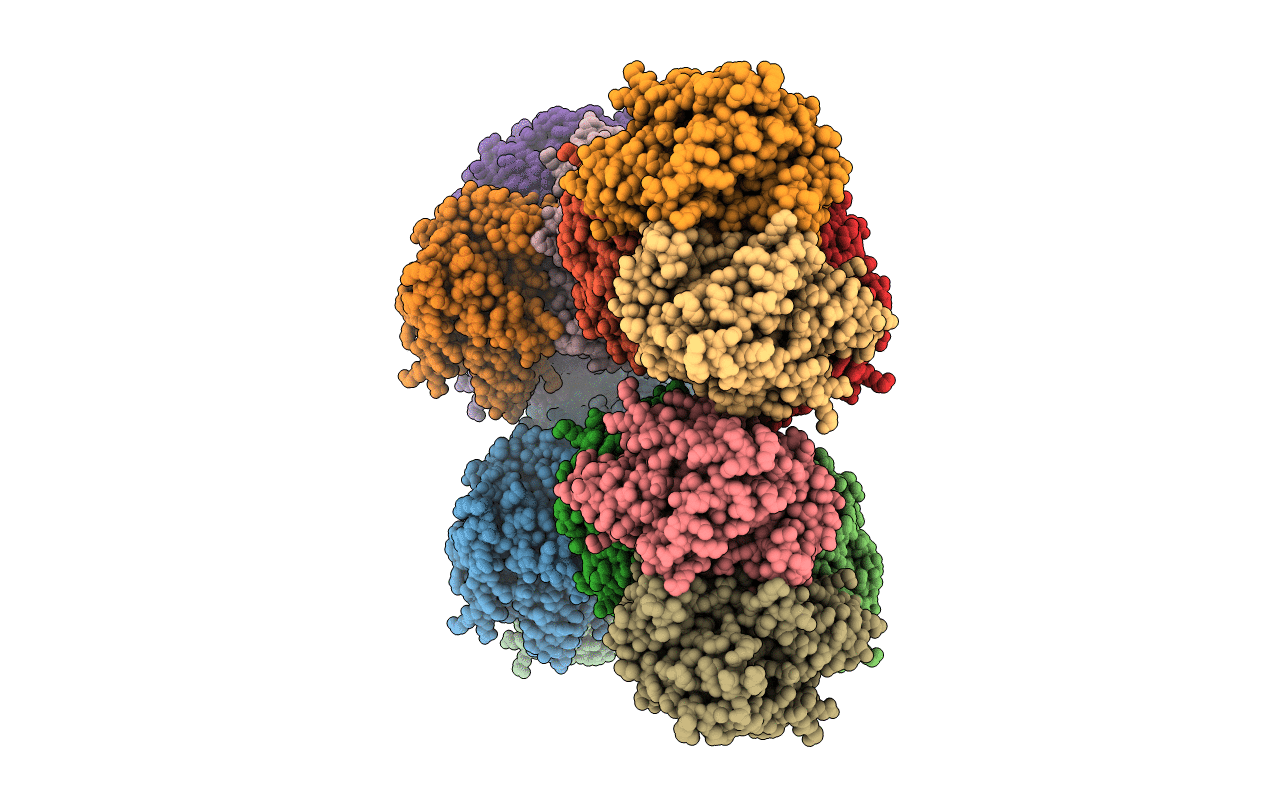
Deposition Date
2017-03-15
Release Date
2018-01-31
Last Version Date
2024-01-17
Entry Detail
PDB ID:
5NFR
Keywords:
Title:
Crystal structure of malate dehydrogenase from Plasmodium falciparum (PfMDH)
Biological Source:
Source Organism:
Plasmodium falciparum (isolate 3D7) (Taxon ID: 36329)
Host Organism:
Method Details:
Experimental Method:
Resolution:
2.40 Å
R-Value Free:
0.26
R-Value Work:
0.24
R-Value Observed:
0.24
Space Group:
P 1


